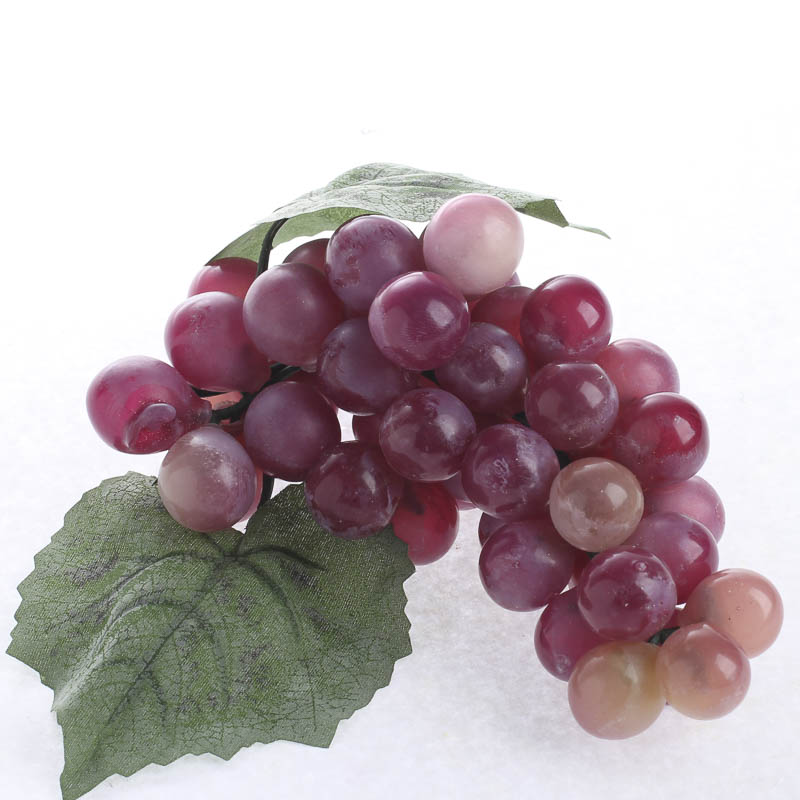
In general, aim to protect the clusters from the major diseases from immediate pre-bloom until four to five weeks after bloom. Only the powdery mildew fungus does not need wetness but it thrives in shady areas under high relative humidity. The risk of infection is especially high if we have multiple rain events and moderate temperatures, resulting in prolonged wetting of foliage and developing fruit. Growers are strongly advised to protect flower and fruit clusters from infection by all grape pathogens using effective fungicides. In 2009, we first observed downy mildew on Chancellor clusters in Fennville during the first week of June and in 2010 during the second week of June.

Chancellor, whose clusters are highly susceptible to downy mildew.

In addition, downy mildew infections of flower clusters may occur before leaf infections as well, particularly in cv. It is possible for fruit clusters to be infected by powdery mildew without seeing any foliar infections first, so protect the fruit of susceptible cultivars even if no powdery mildew has been seen on the leaves. Michigan State University Extension advises careful scouting for disease symptoms on a weekly basis. If rains continue in northwest Michigan, this disease may be more common than in most years. Downy mildew symptoms were first observed about 10 days ago in various parts of southern Michigan and disease pressure is likely to continue. Powdery mildew has already been seen on unsprayed Chancellor clusters in East Lansing, Michigan, an indication that this year may be especially favorable to powdery mildew fruit infection. Grape anthracnose symptoms are also visible on shoots, leaves and cluster stems of susceptible varieties. Warm and dry conditions favor powdery mildew, while all other diseases are favored by rainy weather and moderate temperatures.īlack rot and Phomopsis lesions have been seen for many weeks now and indicate the pathogens are active. We have had a mixture of different weather patterns around the state, with warm and dry until recently in the southern part of the state and cool and wet up north. However, if conditions are dry and warm during bloom it is unlikely that bloom will be an important time for Botrytis infection.

If prolonged cool wet weather prevails during bloom, Botrytis can also gain a foothold in clusters of susceptible cultivars by promoting fungal growth on senescent flower parts. Young fruit clusters are highly susceptible to all major diseases, including downy mildew, powdery mildew, black rot, Phomopsis and anthracnose.


 0 kommentar(er)
0 kommentar(er)
